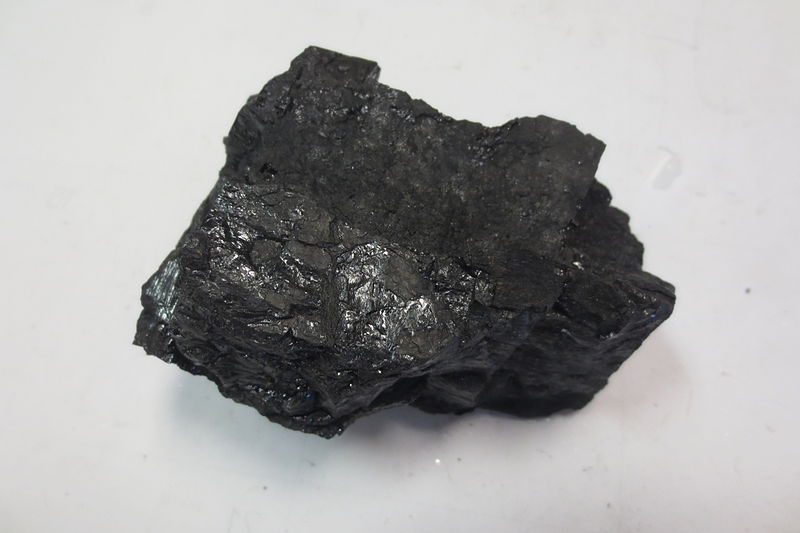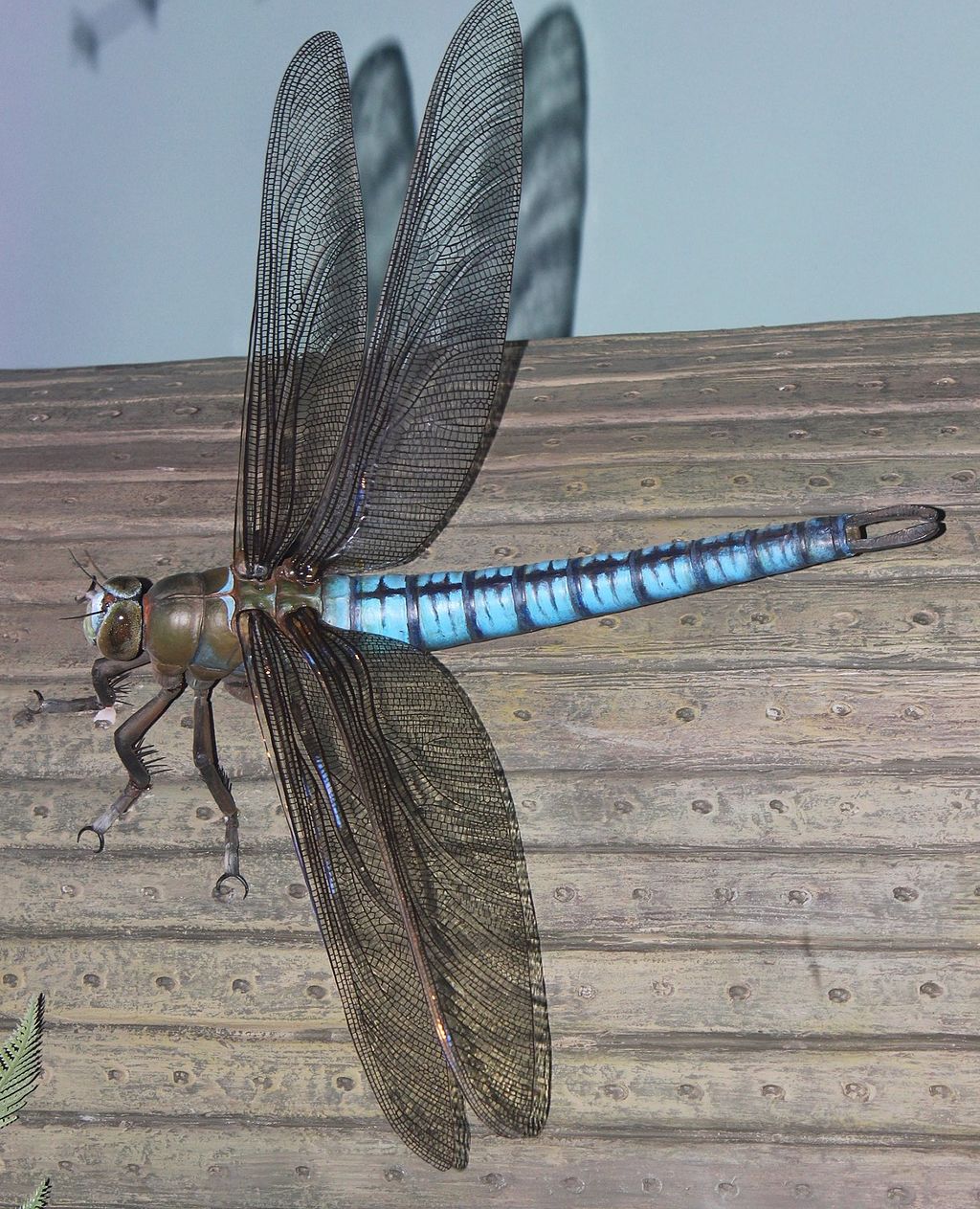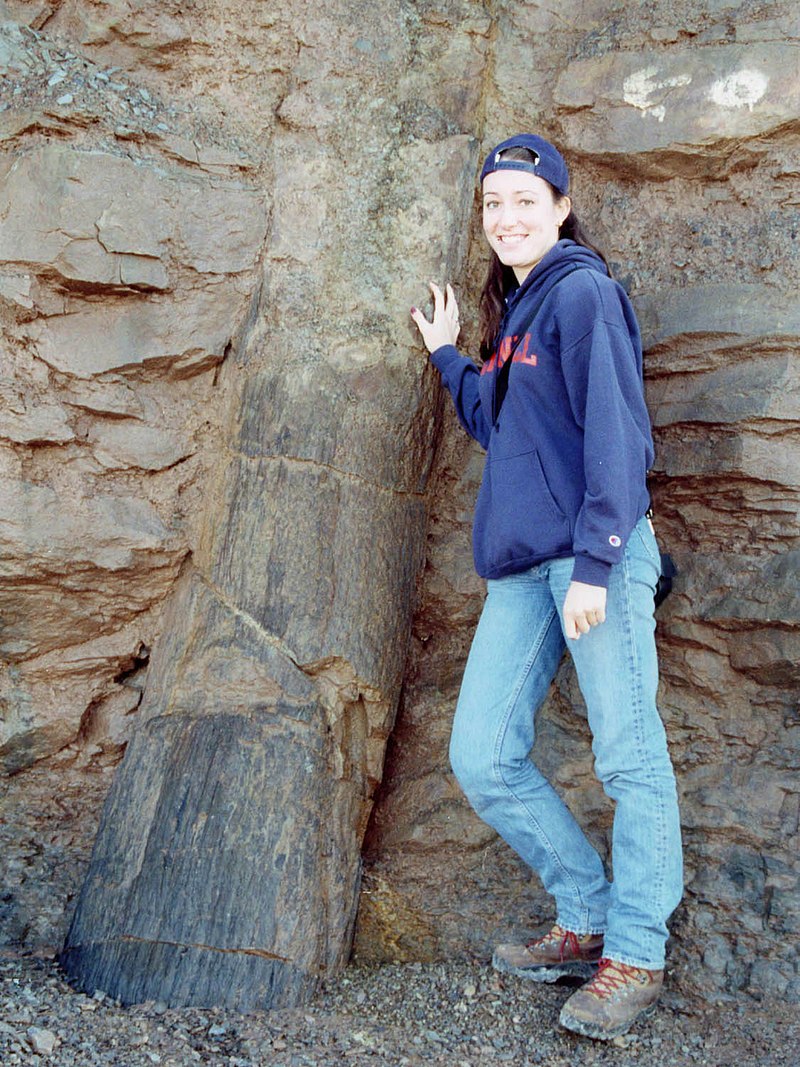Finally, I have some cool stuff to share this week! More news on "Jurassic World 2" and The Good Dinosaur, plus an article from a while back. What a great way to open up the Fall season
Days Till
It is:17 days till Columbus Day
It is: 6 days till Vegetarian Day
It is: 36 days till Harvest Day
It is: 61 days till The Good Dinosaur's release
It is: 6 days till Vegetarian Day
It is: 36 days till Harvest Day
It is: 61 days till The Good Dinosaur's release
In the Spotlight
OK, so we know that Jurassic World's sequel will be out on June 22, 2018. Even with the long wait ahead, we already know a couple things about the film. For example, it has been confirmed that Owen Grady (Chris Pratt) and Claire Dearing (Bryce Dallas Howard) will be returning (more romance, perhaps?). We also know that the next film will not take place on one of the previous islands from the movie (Isla Nublar and Isla Sorna), and will also not involve a theme park. Colin Trevorrow is quoted for saying:What might happen in this film? Trevorrow's not telling all the secrets, but he did reveal something about Owen Grady and Claire Dearing:
"[It will not be] just a bunch of dinosaurs chasing people on an island. That’ll get old real fast...I feel like the idea that this isn’t always going to be limited to theme parks, and there are applications for this science that reach far beyond entertainment. And when you look back at nuclear power and how that started, the first instinct was to weaponise it and later on we found it could be used for energy...And this isn’t something necessarily that was in the book but is a seed that I wanted to plant in this movie, is that might be able to grow in more of these movies if they decide to make more of them, is: What if this went open source? It's almost like InGen is Mac, but what if PC gets their hands on it? What if there are 15 different entities around the world who can make a dinosaur?...And Dr Wu says in the film, when he's warning Dr Mesrani [actually "Mr. Masrani"], 'we’re not always going to be the only ones who can make a dinosaur'. I think that’s an interesting idea that even if we don’t explore fully in this film, there is room for this universe to expand. I shouldn’t use the word universe, because people will think we’re making a Jurassic World universe -- we’re not. (Italicizing is my own doing)." -- Colin Trevorrow
"We know Owen is going to be in it and Claire will be in it and neither are going to be in the same place that we left them in this movie. Even though Claire is the one who evolves the most over the trilogy, it’s her story that mirrors this changing world, Owen has **** to deal with. The two of them opened Pandora’s Box in ‘Jurassic World,’ and each of them are responsible for different elements of it in different ways." -- Colin Trevorrow
In addition to this exciting news, another trailer has been released for a dinosaur movie that will be released much sooner than Jurassic World: The Good Dinosaur. In it, we finally here some of the characters talking. Check it out below:
I gotta say, I'm loving the look of the father T. rex character. I especially like the bite marks on his face; after all, we have evidence that real Tyrannosaurus weren't always playing nice!
Topic of the Week by
Joy Hammond, as told to by Lizzy the Lizard
| Who constructed these beautiful staircases in the Loretta Chapel in 1872? We don't know, but read more about them in the article below. |
A mystery that has plagued people for
decades has intrigued me to go with and take a look myself. Allow me
to introduce myself, my name is Lizzy the Lizard and I've asked Daniel P. Smiwthwater, my boss's photographer to come with me on
interesting journey to the Loretta Chapel in Santa Fe, New Mexico.
Rumor has it that a staircase was built there and that it's maker's
identity lays unknown. I've decided to go check out this sight. I
asked for a private tour with Nathaniel and asked some questions to
our tour guide Bill.
“What makes this staircase famous
other than the mysterious identity of it's maker?”
“Well in order to explain that I'd
have to take you back to 1872.” Bill exclaimed, “Jean-Baptiste
Lamy ordered for a convent to be built for the Loretta sisters.”
“How does that explain anything?”
i interrupted,as Nathaniel took some pictures.
“Where's the support beams and all?”
Nathaniel muttered.
“Hold a second, listen” Bill
stated, “They hired a french architect named Antoine Mouly to build
this convent. However he died suddenly and later on after much of the
building was complete did the builders realized that a staircase was
needed to reach the choir loft. They were in a huge predicament since
the the staircases then where too big. One day a carpenter came by
and asked if he could build a staircase for them.”
“Saint Joseph!” I interrupted.
“Actually no one know his name,”
Bill insisted. “So it is said, the carpenter asked for complete
privacy and locked himself up in the chapel for three months. When it
was finished, he vanished without a trace. He made a spiral
staircase, with no supports beams or anything. He just used his
primitive tools and his own two hands. The wood that he used was like
nothing seen in New Mexico. No one knows who he is, how he built the
staircase, or where he got his wood from.”
“Why did they name him Joseph, if they didn't know who he was?” I asked.
“Good question” Bill said, rubbing
his chin. “The sisters of Loretta offered a reward for the identity
of the carpenter but no one came. Eventually they believed that it
was the St. Joseph that built the impossible staircase.”
“Wow that is an amazing story!” I exclaimed, “boy I wish I could go back in time and found out what happened to him.”
“Don't we all” he chuckled, as I looked at the staircase.
So as we packed up our bags and headed
back to New York, I thought about the carpenter and his good dead.
How he didn't accept the praise. People like that are rare to find
but when they come to your door, you are very blessed. Doing
something to help others and not accepting any praise or reward is
one of the amazing ways people reveal who they truly are. So the next
time you notice a problem that you can fix such as helping someone
out. Do a secret good deed and don't let them know. You'll realize
you feel good inside and so will the person you helped.
| The Loretto Chapel in Santa Fe, New Mexico. |
Disclaimer: Some (or all) of the photographs
above are not my own;
if you own them and would like them taken off this blog, politely
make the request and it will be done.









